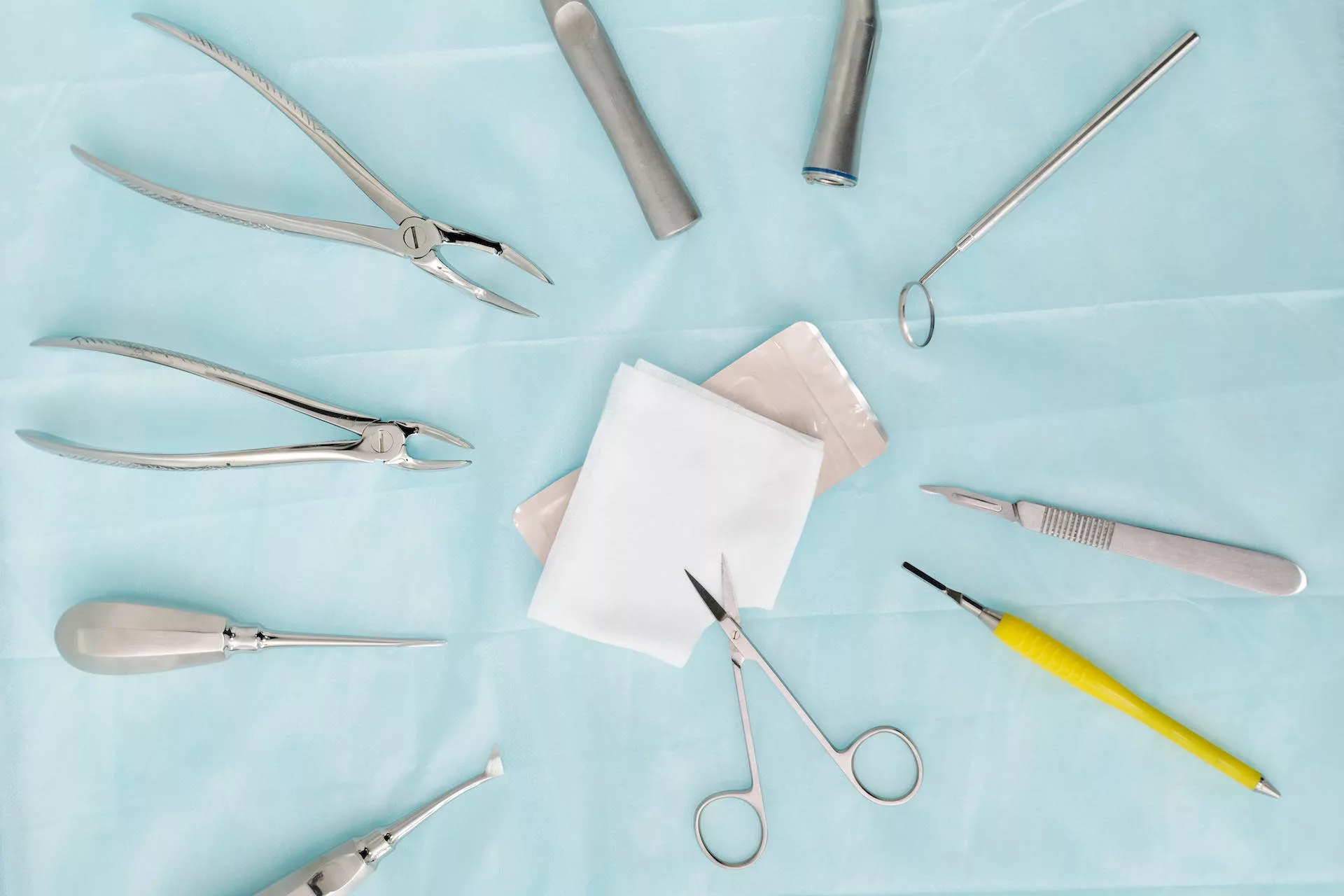Over the last several years, physician-owned surgical practices have had to grapple with declining insurance payments, and costly new regulations regarding administration and patient health records. All of these have taken their toll on profits, leaving practices searching for new ways to improve their financial health. As a result, many practices have also merged – due to the need to take advantage of economies of scale.
A combination of the search to raise income, together with the increasingly large size of practices, has led many to become a one-stop shop for their patients by bringing in-house ancillary services. According to the 2018 Medical Economics Physicians Report, 89% of internal medicine practices said they offer at least one type of in-house ancillary service.
In-House Ancillary Services Advantages for Surgical Practices
When implemented properly, adding in-house ancillary services is a win-win situation: the practice benefits from extra income and a higher rate of reimbursement, while patients benefit by accessing all their healthcare needs in one place, saving them time and effort. What’s more, providing in-house ancillary services in a surgical practice makes it more likely for patients to comply with physician instructions, and for the practice to get approval from the patient’s insurance.
But bringing ancillary services in-house isn’t a decision to be made lightly. Depending on the service, the costs can be substantial and will likely require hiring extra staff to implement.
Practices need to research the ROI of each service, considering issues like:
- the percentage of patients who are expected to use the service
- the initial cost of buying or renting equipment,
- training staff members, and
- the ongoing cost of maintenance, supplies, and administration
Popular In-House Ancillary Services for Surgical Practices
Although each practice is different, these are the three ancillary services that are appearing at more and more surgical practices across the country:
#1 Physical Therapy
Physical therapy (PT) can be critical to patient health and wellbeing. If the patient doesn’t complete physical therapy pre-surgery, the procedure won’t be approved by insurance and will not take place. On the flip side, if PT is not completed post-surgery, it delays patient recovery and can undermine the success of the surgery, and ultimately, the patient outcome.
When PT is offered in-house, it benefits both the patient and the practice. In-house PT makes it far easier for the patient to follow through with the physical therapy prescribed. It’s more easily accessible to the patient, enabling them to immediately make appointments before they even leave the practice, and get a start on their programs. This, in turn, increases patient compliance, thereby improving patient outcomes.
In-house PT also makes it far simpler and faster for the practice to get reimbursement from the insurance company. Both the physical therapist and the patient need to complete the paperwork and requirements in order for the insurance company to approve the surgery. When therapy takes place in-house, the likelihood of this occurring is far higher. Added to this, when the practice has an existing relationship with insurance companies, staff know exactly what is required to get approved and it speeds up the process for reimbursement.
#2 Durable Medical Equipment -DME for Surgery Centers
Many patients need to use various types of medical equipment after surgery, such as crutches, a knee brace, or other items. Larger hospitals or ASCs commonly offer this equipment in-house, but patients run the risk of the facility not having the equipment they need in stock post-surgery.
Alternatively, if patients choose to utilize a third party to arrange their DME prior to surgery, they will need to coordinate and make a time-consuming journey to pick up their DME.
When the surgical practice adds DME as an in-house ancillary service, the patient can pick up the items they need on-site, without any delay or travel, and be all set for their surgery when they leave the surgical practice. More so, stocking DME in-house guarantees having the right equipment available (or ensuring it’s ordered in time for their surgery). Surgical practices can use handy apps, like the SurgiApp to communicate their DME needs to equipment reps. This also enables patients to meet surgeon preferences for the specific style, quality, or brand of DME needed.
Financially, the practice can benefit from the extra fees that patients pay for equipment and upgrades. Although insurance covers standard items, the patient can choose to pay an additional sum for a higher quality item or a specific brand.
#3 MRI (Magnetic Resonance Imaging)
An MRI or other imaging machine can cost millions of dollars, so this is a hefty investment for the average physician practice. However, it can bring many benefits for a practice that has enough volume to justify the purchase.
Patients appreciate being able to get an MRI without a long wait, and at a location that suits them. It’s far more convenient for them to visit their local practice for an MRI than to navigate a large hospital or medical center that’s probably further away. The added convenience means that the patient is far more likely to complete their MRI in a timely manner, streamlining and speeding up the diagnostic process so the surgery can take place sooner.
Physicians also benefit from the faster turnaround time for medical imaging that’s done in-house. The diagnosis can be completed more efficiently, and it eliminates the need to check up on a remote imaging laboratory.
And lastly, in-house ancillary services advantages for surgical practices include financial benefits. Offering in-house MRIs allows the practice to pick up the fee for medical imaging, adding another income stream to their annual revenue.
Expect In-House Ancillary Services for Surgical Centers to Continue Growing
Adding in-house ancillary services for surgical practices has the potential to bring many benefits to both patients and the practice, as well as improving the practice’s bottom line. Although each practice needs to carry out careful research before instituting an in-house service, there are many good reasons for adding these services. This is why it is no surprise that more and more surgical practices nationwide are adding these in-house ancillary services to their fleet.
Discover how using Surgimate’s scheduling solution can help you generate even more revenue by improving your surgical practice’s processes.
Laura brings a wealth of experience to Surgimate, having spent over seven years heading the marketing at Mavim, a leading company in the field of process management and mining.



